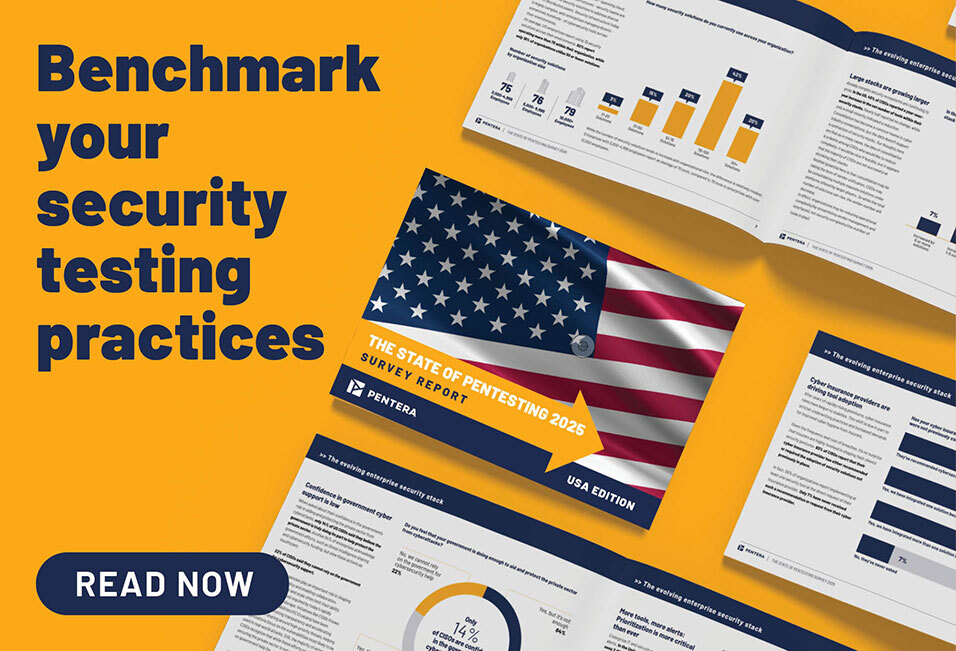What is Cloud Vulnerability Identification?
Cloud Vulnerability Identification is a proactive cybersecurity process focused on detecting security weaknesses across cloud-based systems and services. It involves scanning and assessing cloud applications, data storage services, and infrastructural elements like networks and servers to identify potentially exploitable vulnerabilities. This process also includes identifying unpatched vulnerabilities, known vulnerabilities, misconfigurations, and issues related to identity and excess privileges.
Why is Cloud Vulnerability Identification important?
Cloud Vulnerability Identification is crucial because it enables organizations to continuously monitor cloud environments and recognize vulnerabilities as they emerge. By proactively scanning and assessing cloud-based systems and addressing identified vulnerabilities, organizations can strengthen their defenses before any weaknesses are exploited. This process helps enhance security posture, protect critical assets, and prevent costly data breaches and operational disruptions.
How can you identify vulnerabilities in your cloud environment?
Techniques for identifying vulnerabilities in cloud environments include:
- Vulnerability Scanning: Automated security tools regularly scan for known vulnerabilities in cloud applications, services, and infrastructure.
- Penetration Testing: Both automated and manual penetration tests simulate attack scenarios to discover and identify security weaknesses that real attackers might exploit.
- Configuration Audits: Security teams audit settings and access controls of cloud systems to find misconfigurations that could create security exposures.
- Log Analysis: Routine monitoring and analysis of log data can detect anomalous behavior indicative of unauthorized access attempts, uncovering security vulnerabilities needing patching.
How do cloud providers assist in vulnerability identification?
Cloud providers offer various native tools and services to facilitate the monitoring and management of cloud security. Built-in security features like AWS Inspector or Azure Security Center handle automated vulnerability scanning and security assessments. Additionally, managed security services provided by cloud platforms help detect vulnerabilities, including threat detection, response, and vulnerability management services.
What are the challenges and considerations of Cloud Vulnerability Identification?
Challenges in Cloud Vulnerability Identification include:
- Complexity: The dynamic nature and complexity of cloud environments can make it difficult to effectively identify and manage vulnerabilities across all infrastructure, applications, and services.
- Visibility: Limited visibility over third-party managed infrastructure and services in public, hybrid cloud, or multi-cloud environments can hinder effective vulnerability detection and remediation.
Shared Responsibility: The shared responsibility model of cloud computing requires clear delineation of security responsibilities between providers and customers, which can lead to oversights if not managed properly.
How can you prioritize and remediate cloud vulnerabilities?
To prioritize and remediate cloud vulnerabilities:
- Conduct Risk Assessments: Classify identified vulnerabilities according to their potential impact on assets and operations.
- Implement Patch Management: Develop and apply patches for the most severe and exploitable vulnerabilities first.
- Use Automated Tools: Continuously validate new measures with automated tools for monitoring, detection, and response to address emerging vulnerabilities and threats in real-time.
Safeguarding cloud environments with Cloud Vulnerability Identification
Cloud Vulnerability Identification is integral to maintaining a secure cloud computing environment. By detecting, prioritizing, and remediating vulnerabilities early, organizations can preemptively enhance security measures, ensuring resilience and strengthening overall security posture. This proactive approach helps protect assets, maintain operational continuity, and mitigate business risks.
What are the common types of cloud vulnerabilities?
The most common types of cloud vulnerabilities include misconfigured cloud storage buckets, improper encryption, insecure APIs, and inadequate authentication mechanisms.
Why is Cloud Vulnerability Identification critical for cybersecurity?
Cloud vulnerability identification is critical for cybersecurity because it empowers organizations to mitigate potential threats before an attack can occur. In this way, it enables them to effectively protect services and data contained in cloud environments.
What are the compliance and regulatory considerations of cloud vulnerability management?
In cloud vulnerability management, considerations for compliance and regulations include adhering to laws and standards regarding data privacy and security, such as GDPR, HIPAA, ISO, and PCI DSS. Organizations should engage in the regular identification, assessment, and remediation of vulnerabilities to ensure that cloud security measures are up to date so as to maintain compliance and avoid legal and financial repercussions.
Identify cloud vulnerabilities.
Detect and address vulnerabilities in your cloud environment.


